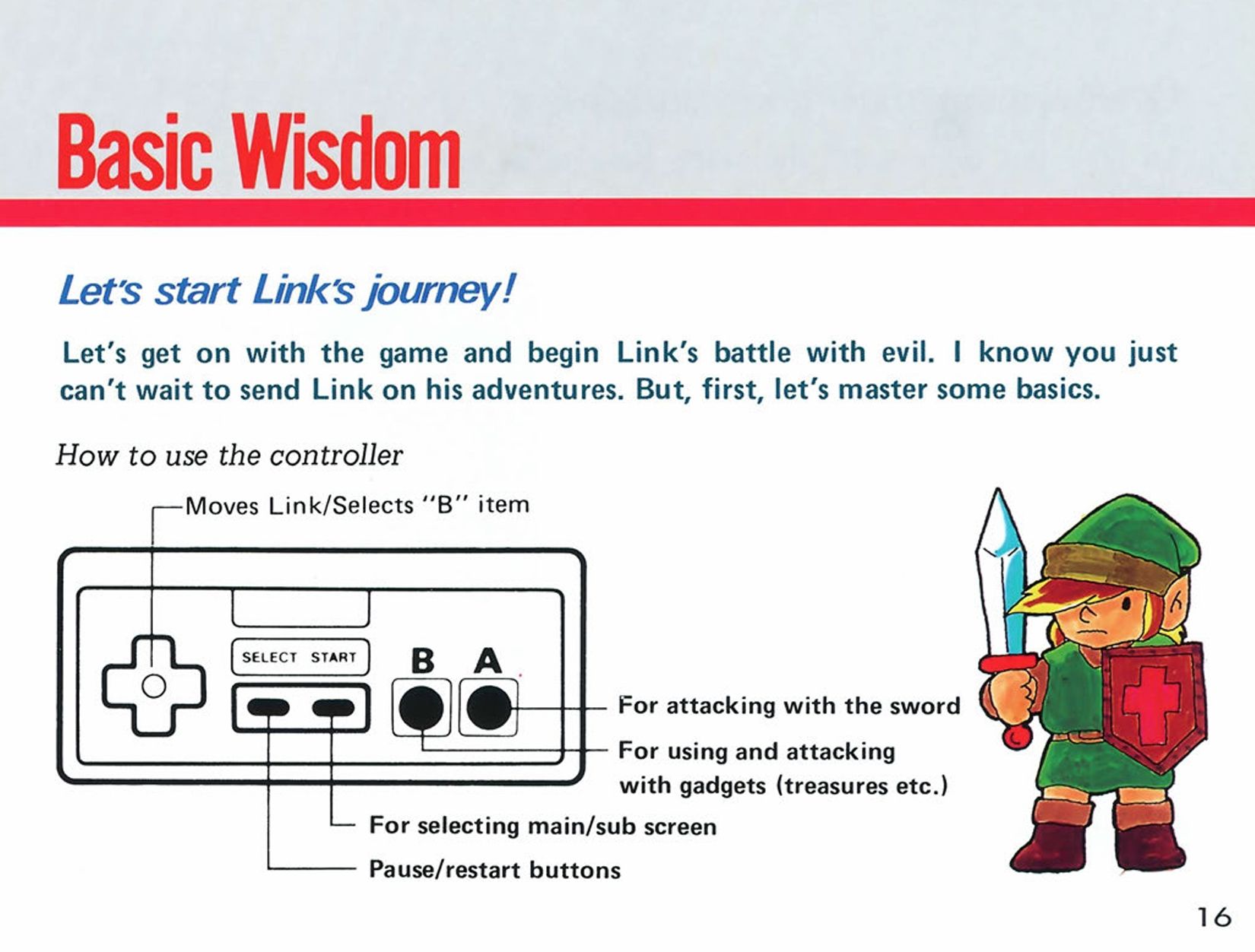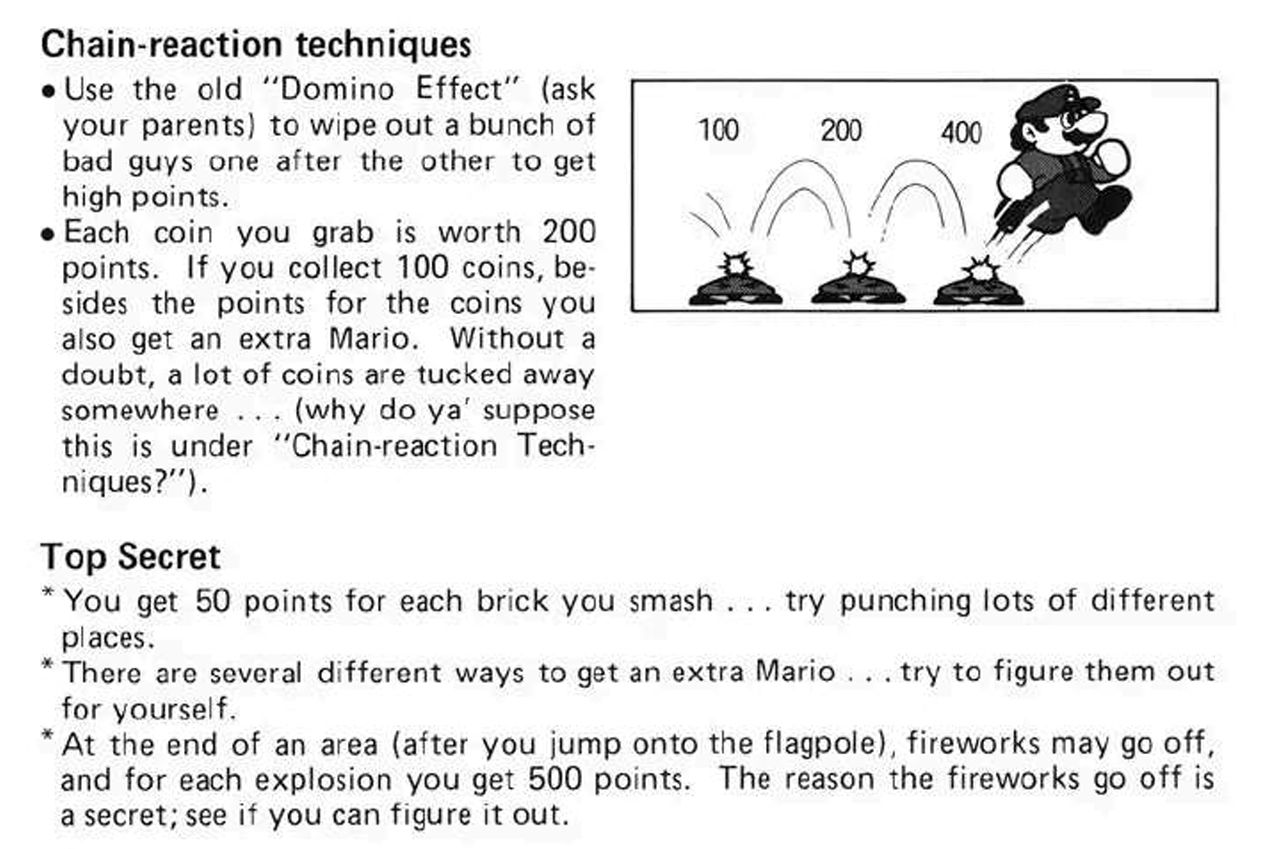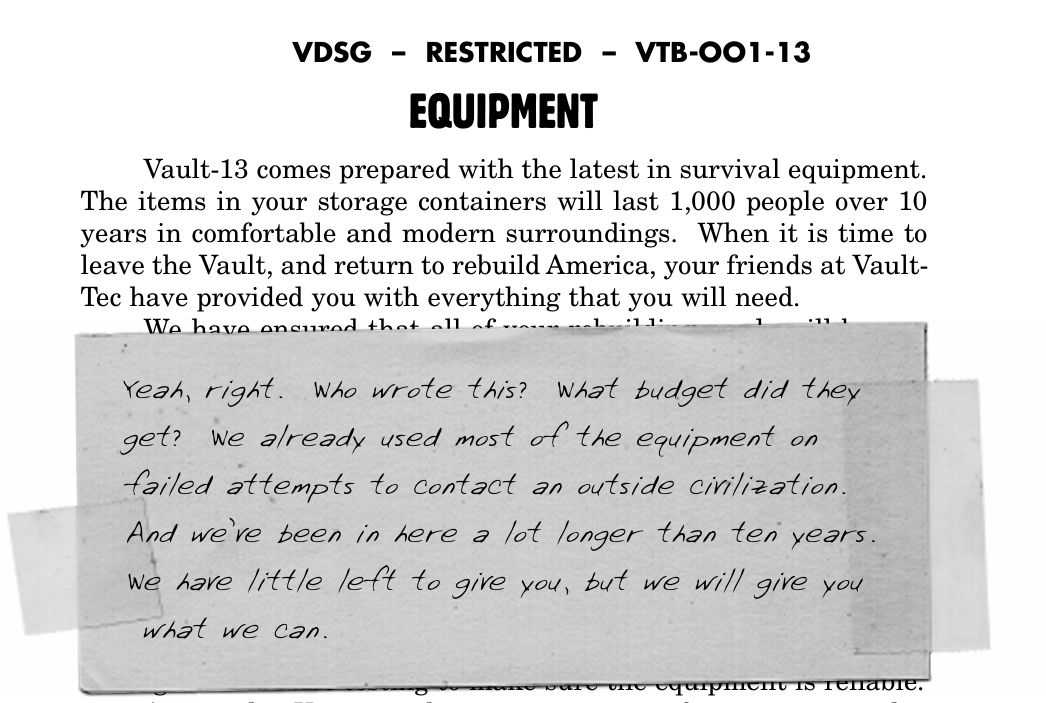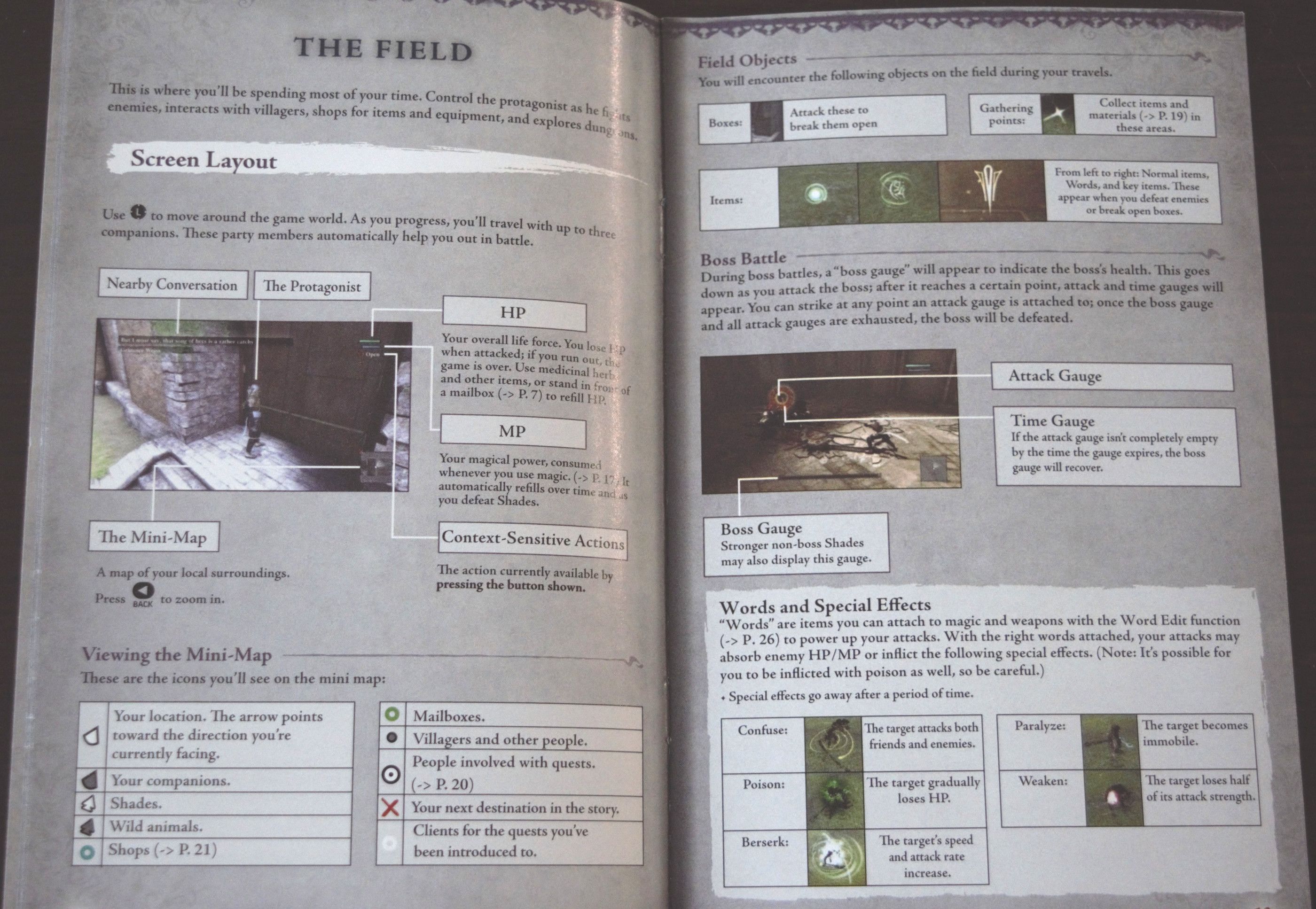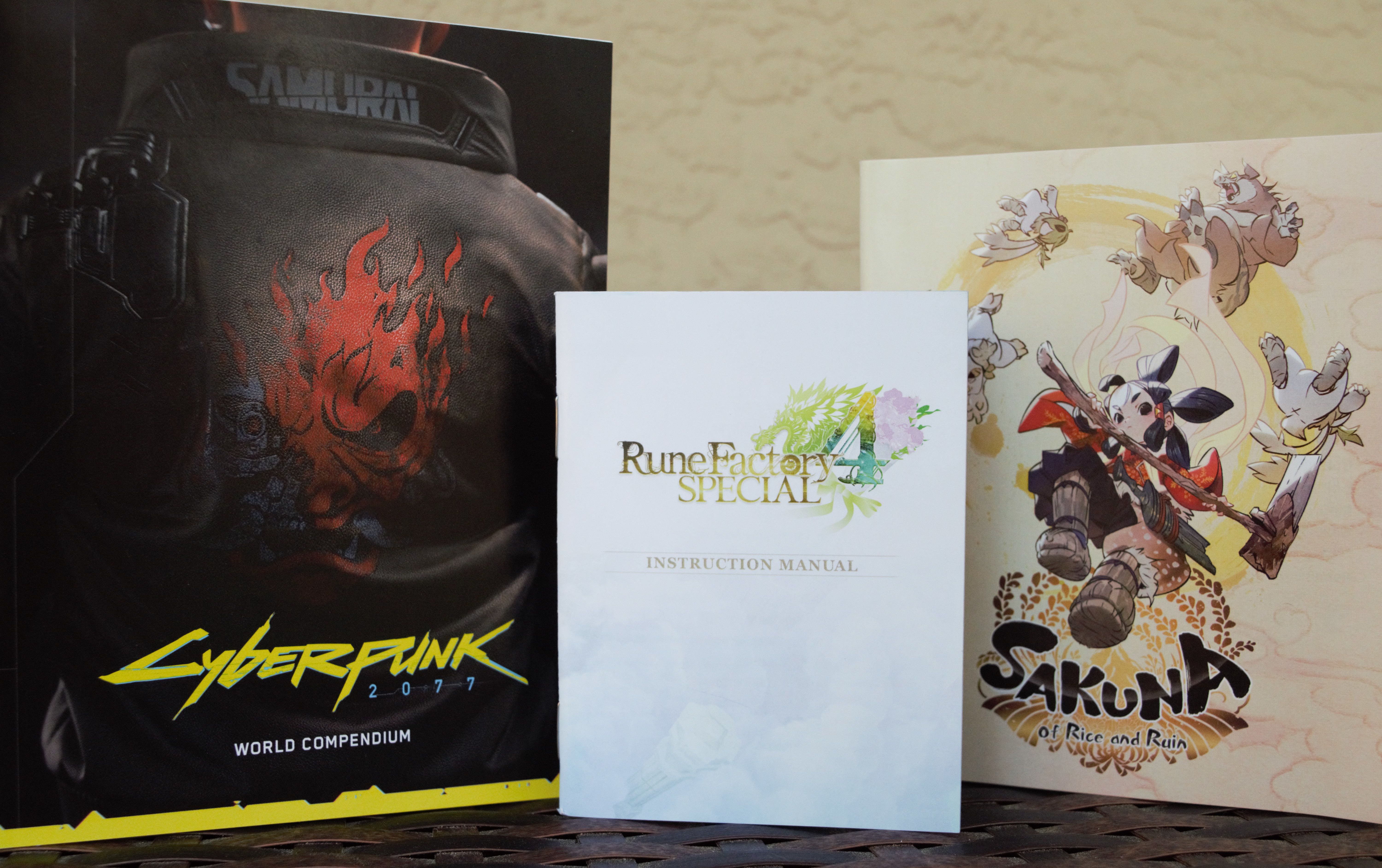Summary
- Video game manuals provided essential information beyond just instructions, including lore tidbits, helpful tips, and original artwork.
- Modern games have replaced instruction manuals with tutorials, cutscenes, and other in-game resources.
- Instruction manuals are still included in collector’s editions of newer games and some niche titles, as well as re-releases of retro games in digital formats.
Instruction manuals were once included with every video game, but they’re now practically extinct. While video games have outgrown the need for instruction manuals, it’s easy to forget how important they were during the early years of gaming.
Video Game Manuals Provided More Than Instructions
Back when most video games didn’t include tutorials or cutscenes, instruction manuals were included in a game’s packaging to fill in any missing information that couldn’t be found within the game itself. This included overviews of the controls, explanations of individual game mechanics, passwords to get past annoying copy protection practices, and nearly everything else you would need to know about a game.
What set game manuals of the 80s and early 90s apart from more recent releases was the sheer thoroughness and extreme attention to detail that went into their creation. Unlike the paper-thin pamphlets found in the boxes of later releases, early game manuals—especially for PC games—were lengthy books that described every aspect of their games in exhaustive detail.
Manuals for role-playing games like Baldur’s Gate and The Elder Scrolls II: Daggerfall contain pages upon pages of descriptions covering every single spell, status effect, and enemy that you might encounter while playing. These descriptions typically include tips on how to overcome them in gameplay and brief lore tidbits that explain their relevance to the game’s world. If you find anything that isn’t explained in the manual, you could use the “Notes” section at the back of the book to write down any important information that could be useful later in the game.
Some early manuals also included concept art depicting characters and locales seen throughout their games, as well as unique illustrations to explain features or helpful tips.
However, the most notable part of early game manuals is their secondary purpose as a storytelling device. Additional bits of backstory and important plot details that couldn’t fit into a game were often relegated to lore dumps within the manual. Some game manuals are written from the perspective of fictional characters or designed to resemble in-game objects. One notable example is Fallout‘s “Vault Dweller’s Survival Guide,” which is presented as an in-universe handbook and includes notes written by the Overseer of Vault 13.
Likewise, some games based on real-life events or specific mythology will use their manuals to provide additional information on their subject matter. The manual for Age of Mythology details the various religions and mythological figures depicted in the game. Sid Meier’s Civilization includes multiple chapters in its manual describing the historical eras, systems of government, and real-life leaders that the game portrays. Sim City 2000 applies a similarly educational approach to topics such as infrastructure and economics, as well as featuring multiple poems, art pieces, and a list of recommended readings.
If it somehow wasn’t already obvious, game manuals were a developer’s means of indulging in unnecessary details and extraneous information, but that’s what made them so enjoyable. Flipping through the pages of one of these manuals felt like having a game developer boast about their craft across hundreds of pages. Despite their exhaustive detail, these manuals presented games with an infectious passion, and it was easy to find yourself equally enamored by a game’s mechanics and mythos before you even started playing.
Most of all, game manuals served as a bridge between physical and digital gaming when the latter was still a fairly new concept. Although arcade games had already been around for a few years, there was a noticeable difference in complexity between early arcade classics like Space Invaders and home releases such as Zork I and Ultima. Physical manuals introduced video games in an easily understandable manner by essentially serving as rulebooks—similar to the ones created for tabletop RPGs like Dungeons & Dragons—which helped make gaming seem more approachable during a time when most people were still unfamiliar with digital media.
What Happened to Video Game Manuals?
Although early video game manuals proved to be helpful, they gradually became less practical to produce. As video games grew in popularity, many publishers started releasing games in smaller packaging. This decision made physical games cheaper to manufacture and easier to stock on store shelves, but it also left less room for game manuals.
To accommodate the new size of physical game boxes, instruction manuals were downsized from 100+ page behemoths to smaller pamphlets with roughly 30 to 40 pages. Smaller manuals still offered plenty of helpful information about their games, but their concise descriptions and simplified designs often lacked the creative flourishes of older manuals.
Eventually, even these simpler manuals were made obsolete. Modern video games can provide everything players need to know about their mechanics and stories through in-game tutorials, cutscenes, and glossaries. Digital games have also become increasingly popular in recent years, allowing new games to forgo physical releases altogether. Even if printed game manuals were still being used, their information would quickly become outdated for games that receive frequent patches and content updates.
Game Manuals Live On
Physical games almost never include manuals or any other pamphlets in their packaging, though some recent games have preserved the practice. Collector’s editions of games like Cyberpunk 2077, Dangaronpa V3, and Stardew Valley contain small pamphlets that feature unique artwork and provide brief overviews of their stories and gameplay.
There are some games that still include instruction manuals as part of their standard physical release, though this almost never happens for triple-A games. Instead, most games that still include instruction manuals in all physical copies are niche titles like Rune Factory 4 Special and Sakuna: Of Rice and Ruin.
While modern instruction manuals don’t match the creativity and depth of retro game manuals, strategy guides come fairly close. Publishers like Piggyback and Future Press are still releasing elaborately designed and immensely informative official guides for newly released games. These guides not only cover every aspect of a game in full detail, but they also include pages of concept art and other behind-the-scenes bonuses provided by the original developers.
Besides these modern alternatives, most re-releases of retro games from Steam, GOG, and similar PC storefronts come with digital copies of their instruction manuals, along with other printouts that were included in their original packaging. Additionally, some remasters of classic PC games like Baldur’s Gate: Enhanced Edition and The Witcher: Enhanced Edition feature their own updated manuals that are just as detailed as the instructional material created for the original versions.
Game manuals—and strategy guides, to a lesser extent—aren’t necessary in the current internet age. If you need to find any information about a game or its controls, you can easily search for the answer online rather than scrolling through pages of irrelevant info. However, the voluminous nature of these early guides made their respective games seem larger, more complex, and more immersive than their technical limitations allowed.


